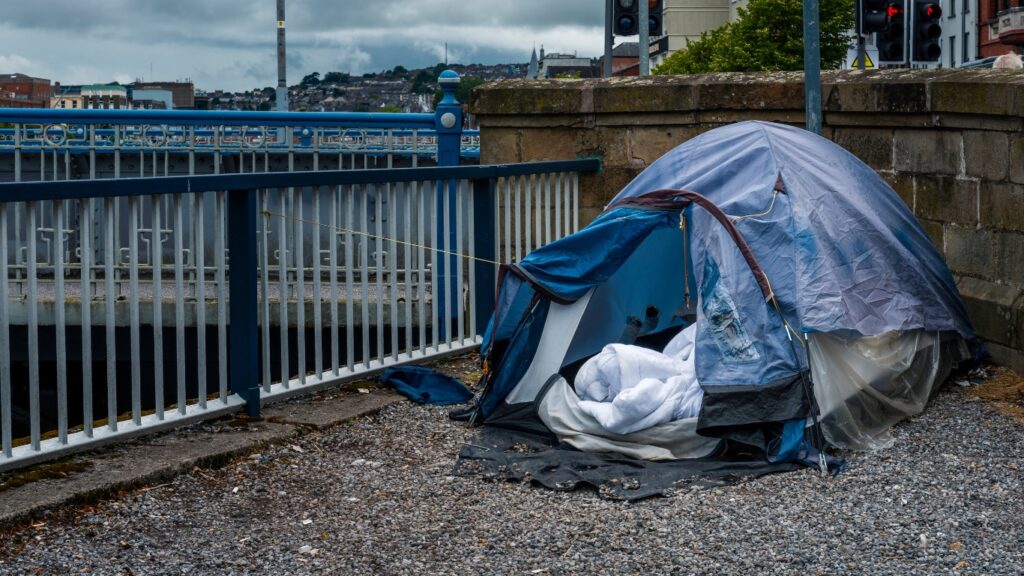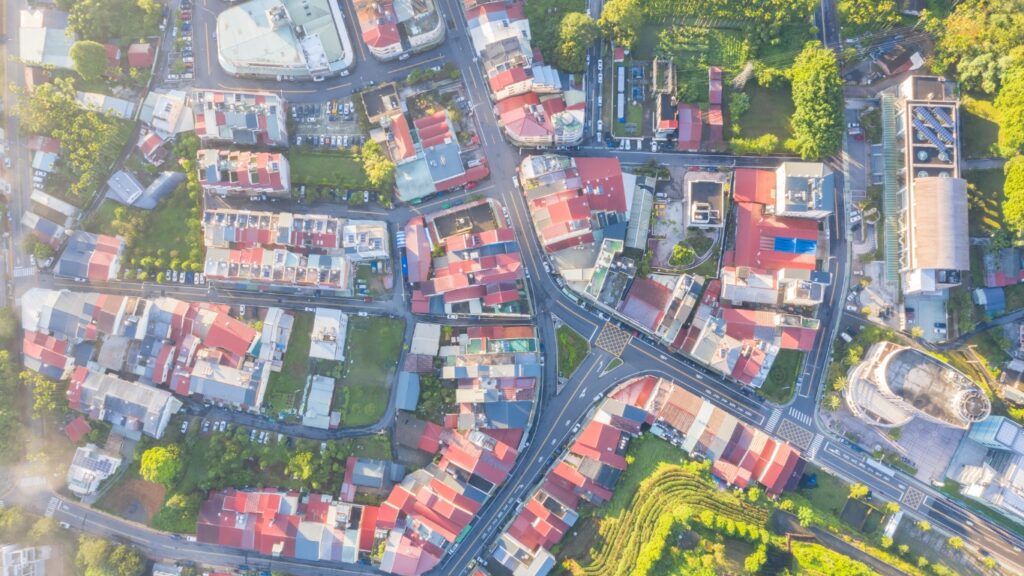
American Homelessness in 2023: An Overview
Introduction:
In 2023, the landscape of homelessness in the United States reached a troubling milestone. The Annual Homeless Assessment Report (AHAR) revealed that 653,104 individuals nationwide were experiencing homelessness, defined by the Department of Housing and Urban Development (HUD) as lacking a fixed, regular, and adequate nighttime residence. This figure marks a significant increase of 70,642 people compared to the previous year, representing a staggering 12 percent rise within just twelve months.

The Rising Tide of Homelessness
The surge in homelessness can be attributed to a confluence of factors. Economic instability, driven by inflation and a slow recovery in certain job sectors post-pandemic, has left many vulnerable individuals and families unable to secure or maintain housing. The housing market itself has presented considerable challenges; soaring rent prices and a shortage of affordable housing options have exacerbated the crisis, pushing more people onto the streets or into temporary shelters.
Additionally, the impact of natural disasters, such as hurricanes, wildfires, and floods, has displaced thousands, further straining the already limited resources available for emergency housing. The ongoing opioid epidemic and mental health crisis have also contributed to rising homelessness, as individuals struggling with addiction or mental illness often find themselves without the support necessary to maintain stable housing.

Demographic Insights
The AHAR data provides a granular look at the demographics of the homeless population. Families with children, veterans, and unaccompanied youth are among the groups disproportionately affected. The report highlights a worrying increase in family homelessness, underscoring the vulnerability of children in these precarious situations. Veterans, despite numerous programs aimed at providing support, continue to face significant barriers to stable housing, often due to physical and mental health challenges. Meanwhile, unaccompanied youth, particularly those who identify as LGBTQ+, face unique risks and higher rates of homelessness due to family rejection and lack of supportive services.

Regional Variations
Homelessness is not evenly distributed across the country; certain regions bear a heavier burden. Urban areas, particularly in states like California, New York, and Florida, report the highest numbers of homeless individuals. Cities like Los Angeles, San Francisco, and New York City face critical challenges, with thousands living in tents, makeshift shelters, or vehicles. Conversely, rural areas also report increases in homelessness, although these regions often lack the infrastructure and resources to address the issue comprehensively.

Policy and Response
In response to the rising numbers, both federal and local governments have been prompted to take action. Initiatives to expand affordable housing, increase funding for emergency shelters, and provide rental assistance have been put forth, yet the implementation and effectiveness of these measures vary widely. Innovative approaches, such as Housing First programs, which prioritize providing permanent housing to homeless individuals without preconditions, have shown promise and are being scaled up in several cities.
Advocacy groups continue to push for systemic changes, emphasizing the need for comprehensive solutions that address the root causes of homelessness, including economic inequality, mental health care, and addiction treatment. Collaborative efforts between governmental agencies, non-profits, and the private sector are crucial in creating a sustainable path forward.

Looking Forward
The 2023 AHAR serves as a stark reminder of the persistent and growing challenge of homelessness in America. While the data points to a worsening situation, it also highlights areas where targeted efforts and innovative solutions can make a meaningful impact. Addressing homelessness requires a multifaceted approach, blending immediate relief with long-term strategies to prevent homelessness from occurring in the first place.
As we move forward, it is imperative to keep the human aspect at the forefront of our efforts. Behind each statistic is an individual or family facing unimaginable hardship. By fostering a compassionate and comprehensive approach, there is hope that the upward trend in homelessness can be reversed, paving the way for a society where everyone has access to a safe and stable place to call home.

